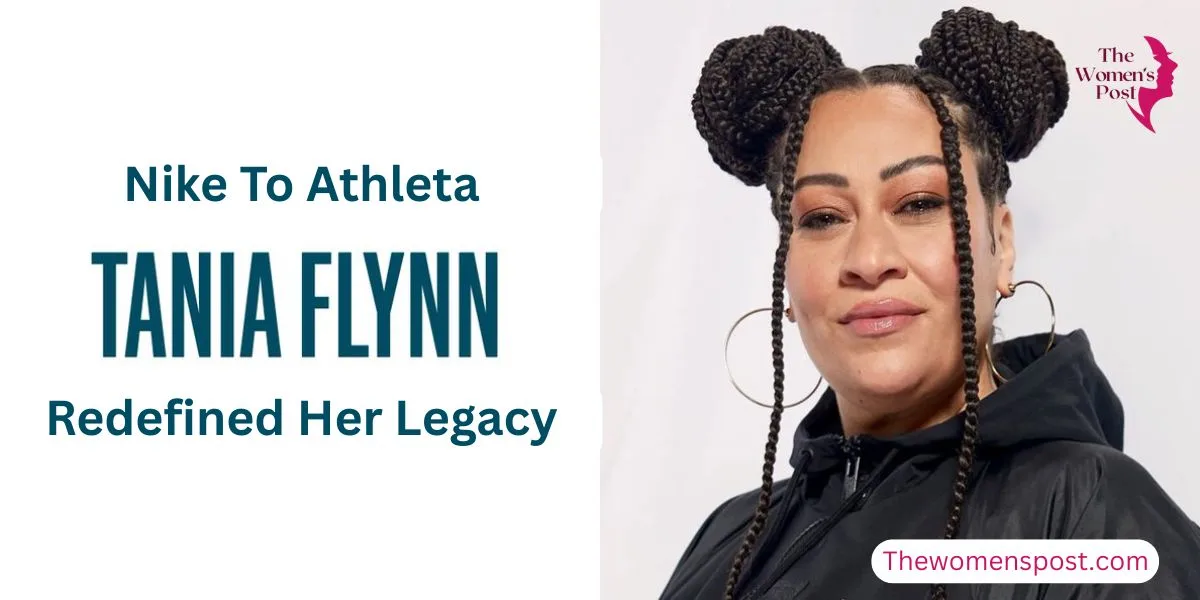In today’s fast-paced environment, leadership is more than just delivering instructions and making major choices. It is about establishing a space where everyone feels seen, heard, and respected. And when it comes to developing gender-diverse teams, women’s leadership roles become even more important. Why? Because who better to advocate for diversity than people who have personally overcome obstacles?
Understand What Gender Diversity Means
Gender diversity is more than simply having an equal number of men and women in the room. It is about recognising and valuing the distinct insights that each person contributes, regardless of gender identification. It encompasses persons of all genders, including transgender and non-binary individuals.
When a woman leader advocates for gender diversity, she is not asking for handouts or quotas. You are lobbying for more meaningful interactions, stronger ideas, and a workplace that reflects the world we live in.
Lead with empathy and authenticity
Women frequently have a natural edge in compassionate leadership; exploit it! Empathy does not imply being soft; rather, it implies understanding and responding to your team’s experiences.
Share your personal journey. Did you experience bias in your early career? Have you ever felt underestimated? These stories foster trust and encourage others to speak out about their own struggles.
Create safe spaces for dialogue
Let’s be honest, discussing gender may be difficult. People are afraid of saying anything incorrect. As a leader, you may set the tone by encouraging open and honest talks.
How?
- Organise informal team meetings or coffee sessions where people may express their worries or share their experiences.
- Encourage the use of inclusive language – even basic changes like using “team” instead than “guys” may make a major difference.
- When you identify microaggressions or prejudices, intervene with the intention of educating rather than shaming.
Real-life example: Create an anonymous feedback form where team members may report any instances of prejudice or discomfort. This creates a channel for honest feedback without fear of repercussions.
Advocate for Equal Opportunity
It is not enough to simply wish for change; you must also actively pursue it. Utilise your position to:
- Collaboration with HR to create gender-neutral job descriptions can help ensure equitable hiring practices.
- Advocate for equal pay audits.
- Suggest mentorship programs designed exclusively for women and under-represented genders.
Mentor and sponsor other women
There is a wonderful quote: “Lift as you climb.” As you climb, bring others along with you.
- Mentorship include supporting women through their professions, providing guidance, and exchanging experiences.
- Sponsorship takes a step further, including aggressively lobbying for them in rooms they haven’t yet entered, promoting their names for critical initiatives, and introducing them to significant networks.
Real-life example: Form a ‘Women in Leadership’ circle inside your organisation. Organise monthly meetings to address obstacles, celebrate successes, and share growth plans.
Address Unconscious Bias – Starting with Yourself
We all have biases – yes, including women. Sometimes we unintentionally hold people to higher standards or make assumptions based on gender norms.
The key is awareness. If your workplace provides unconscious bias training, take advantage of it. Consider how you evaluate team members’ talents and if such assessments are actually merit-based.
Celebrate victories – loudly and proudly
Visibility is important. When a woman on your team does something, large or small, celebrate it.
- Winners should be announced during team meetings.
- Highlight their achievements on internal platforms.
- Encourage them to share their own success stories.
Recognition not only raises morale, but it also establishes a norm for recognising everyone’s accomplishments.
Collaborate With Allies
Gender diversity is a universal issue, not only one that affects women. Involve male allies by inviting them to the discourse.
- Encourage them to mentor other women.
- Get their help in confronting biassed behaviour.
- Encourage co-leadership roles in which men and women may demonstrate inclusive collaboration.
Real-life example: Hold panel discussions in which male and female leaders share their viewpoints on diversity, resulting in a balanced discourse.
Building a gender-diverse team does not occur overnight. It’s an ongoing process of learning, unlearning, and taking brave actions.
As a female leader, your voice carries weight. Use it to tear down barriers, develop bridges, and foster an environment in which everyone flourishes, regardless of gender.
Because as we lift one another, we all rise.
Also read: Building Your Brand on LinkedIn: A Woman’s Roadmap to Professional Growth





